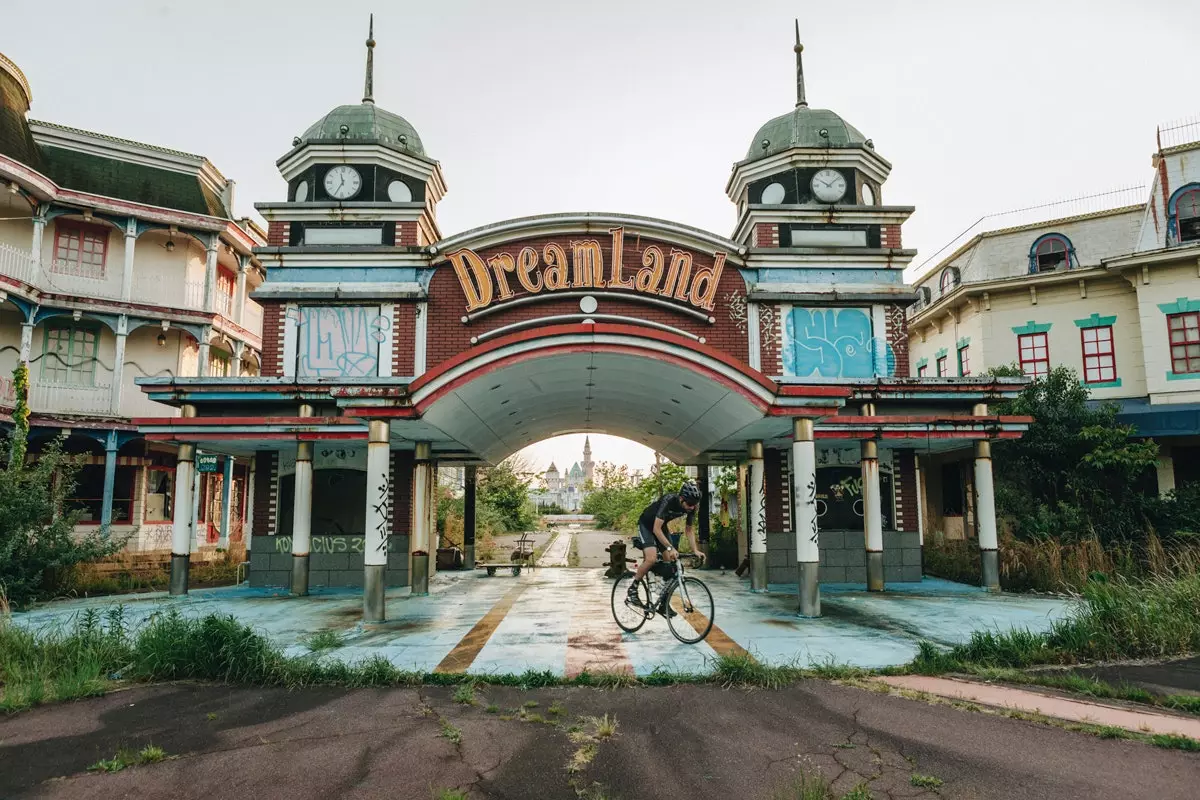
By bike in Japan: Nara and Kyoto
Three almost contiguous cities marked by abysmal differences, from the former imperial capital, Kyoto , marked by its high density of temples per square meter, lanterns and Geisha schools (strongly rooted in the culture of the area) to nara , a city whose local fauna are bambis, or Osaka, the closest thing we have seen to the universe of bladerunner .
Our first contact with the city was its train station, from which we would go by bus to our accommodation, the Ginkakuji Hostel , a kind of ryokan run by River , a kind man who prepared us some rooms for those of us who made up the expedition. In addition, this ryokan has a bicycle service so that guests can use them at no extra cost.
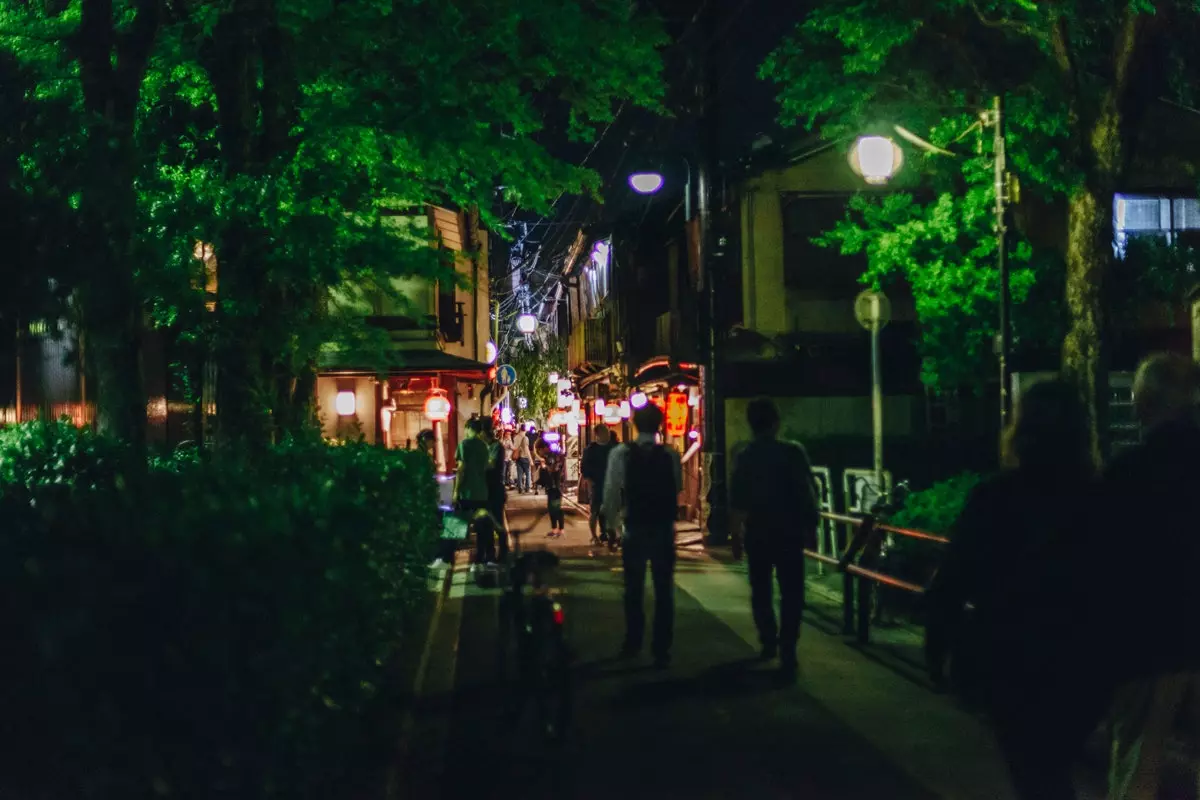
Trace the route you want to do in Kyoto before launching into its streets
Kyoto is a city that is full of temples, from the most famous and impressive, such as the Rokuon-ji Golden Pavilion (Deer Garden Temple) or the Jisho-hee (Temple of resplendent mercy), which has impressive views and gardens that are a must for the city.
It is advisable to draw a clear route because this city has areas that are difficult to access by cyclists , and the pedestrian zones are noisy and full of tourists, like the foothills of Mount Inari , and the different paths are marked by the Torii or orange doors. A curiosity is that these portals are sponsored by different Japanese businessmen who have made a donation to Inari, the deity of, among other things, business.
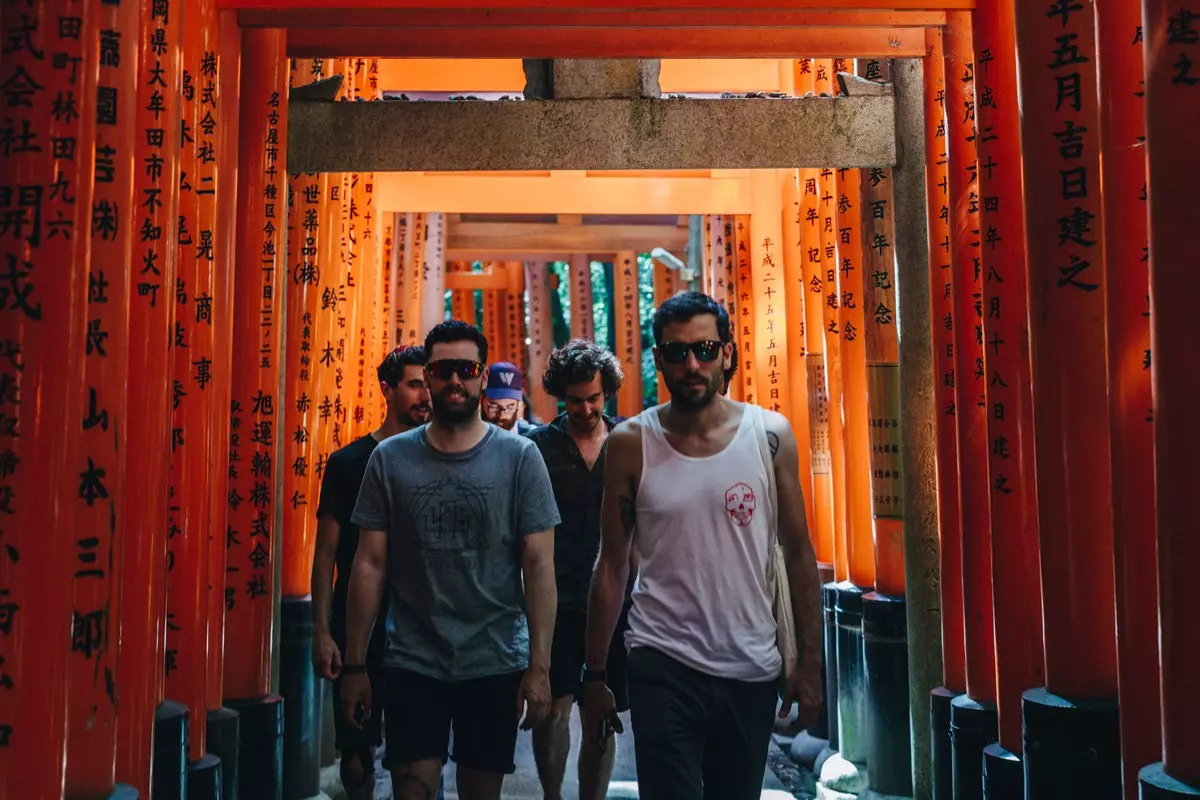
The torii, the vermilion-colored gates of Kyoto
At sunset we recommend Arashiyama , the famous bamboo forest to which we can go by bicycle in approximately 40 minutes of comfortable pedaling. Its colors, the filtered light and the sound of the branches colliding with each other thanks to the wind that moves them... it's impressive. After this, a very good plan is approach the river for a walk and get to know its youthful atmosphere , and from there approach the Gion-Higashi neighborhood , a perfect place to immerse ourselves in the legendary Japan, the home of the Geishas.
This last part of the visit it is convenient to do it on foot , since the narrow streets will not allow us to pass with our bicycles.
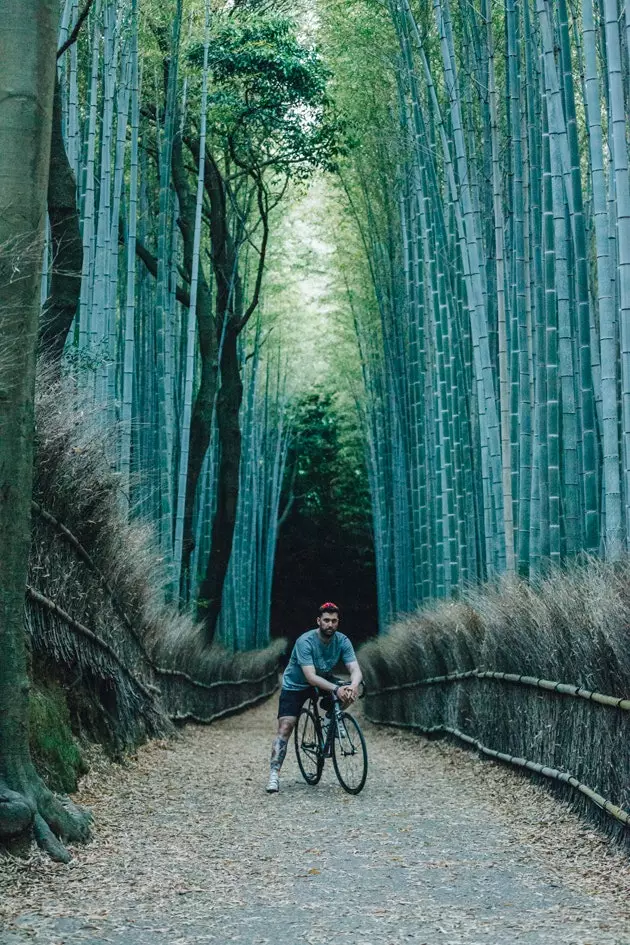
Arashiyama
After a couple of days in Kyoto we headed to Nara, the city of deer, a population in which the local fauna are its pets, so it will not be uncommon to walk down the street or enter a park and the bambis come to ask us for food.
In addition to this animal encounter, it is impressive to visit Todaiji, the temple of the Giant Buddha in Nara, or the largest wooden building in the world where, after several reconstructions that have made it lose part of its size, we will continue to feel tiny between the great Buddha of him and the guardian kings of him.
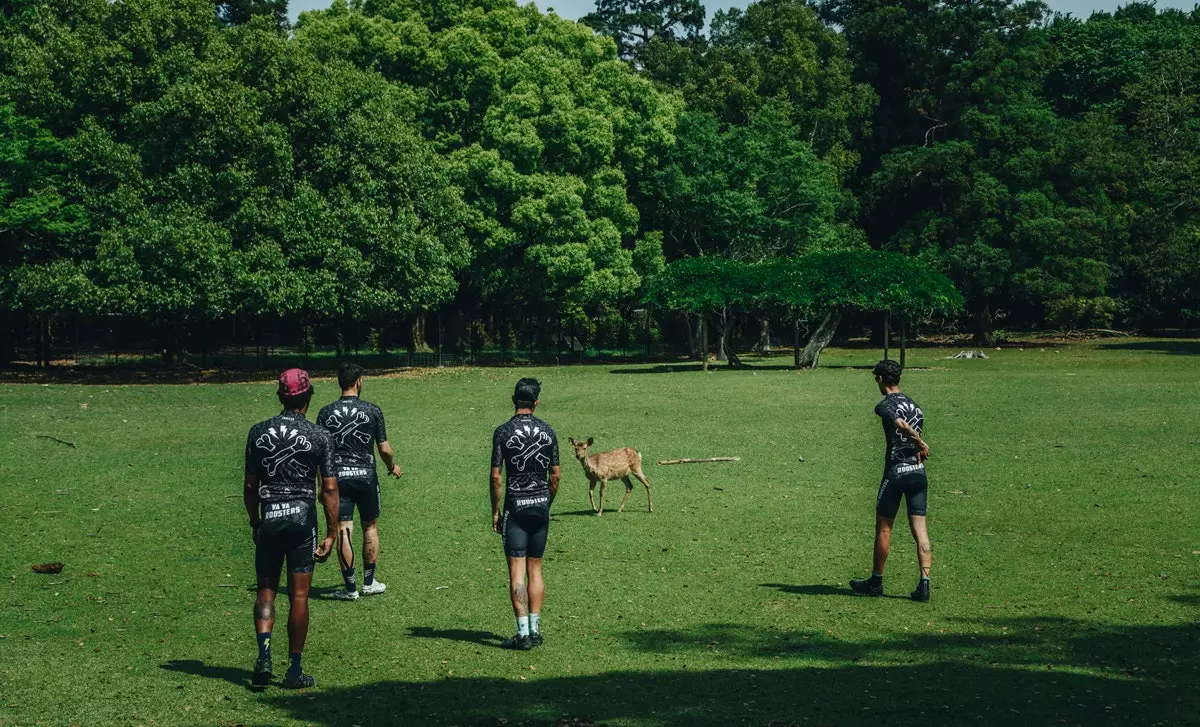
By bike in Japan: Nara and Kyoto
After this, we would stop to know the kairin , a typical Japanese track cycling modality, and for both lovers of cycling and for those who do not, It is a sight worth seeing: blows, extreme speed and a heated atmosphere between bets in this unique sport in the world. For us it was an incomparable experience to be able to pedal in one of these velodromes to which access to Western fans is more than limited.
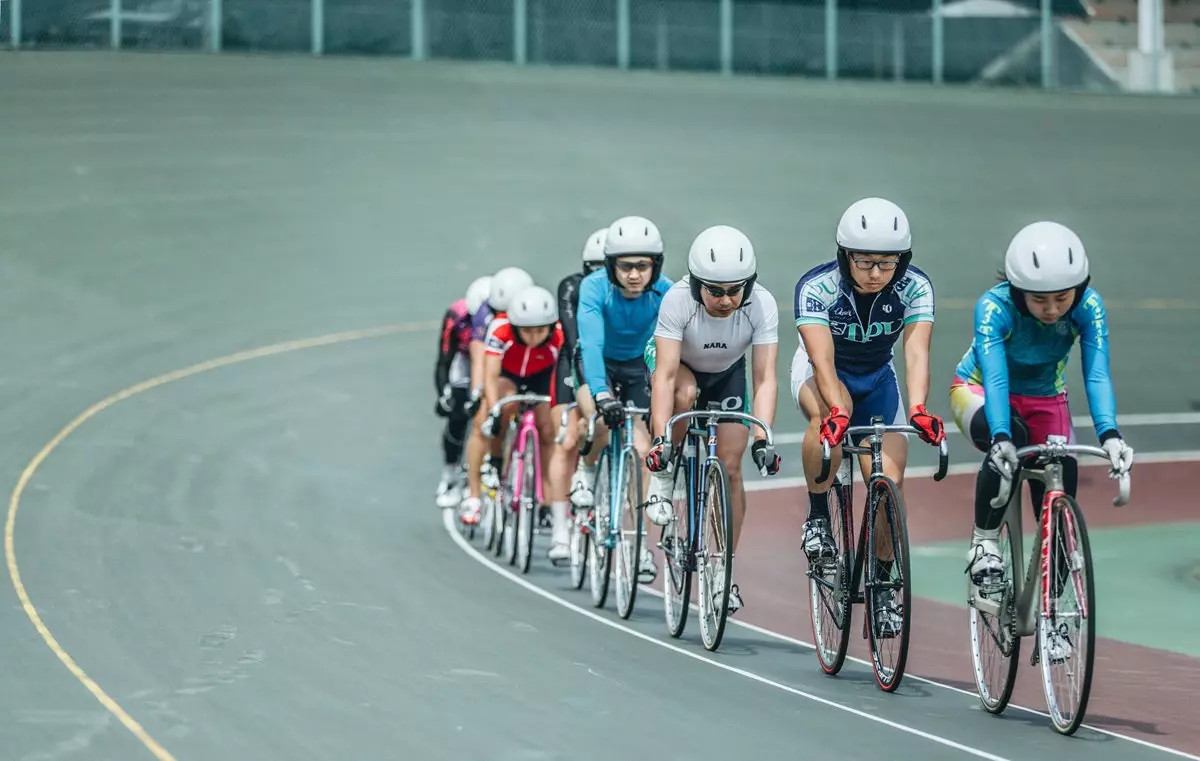
Velodrome
On the outskirts of Nara, we can also find dreamland, a magical place that has been lost in time, a former amusement park that was abandoned in 2006 for not being able to compete with Disneyland , and in which if you enter you will be able to see a practically intact place that has been taken by nature... its accesses are closed, but the vision of this place is absolutely magnificent.
Unfortunately for everyone, it has been dismantled and demolished in recent months, making it a place that can only be seen in photos and videos.
Follow @jaimeaukerman
THE ROOSTERS - WELCOME TO DREAMLAND from WALDEN on Vimeo .
